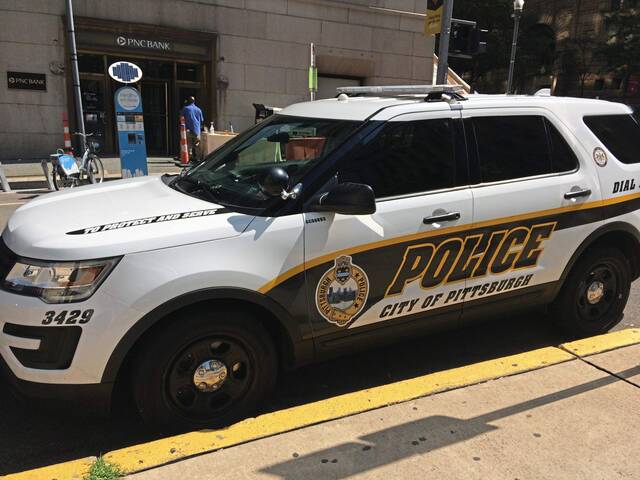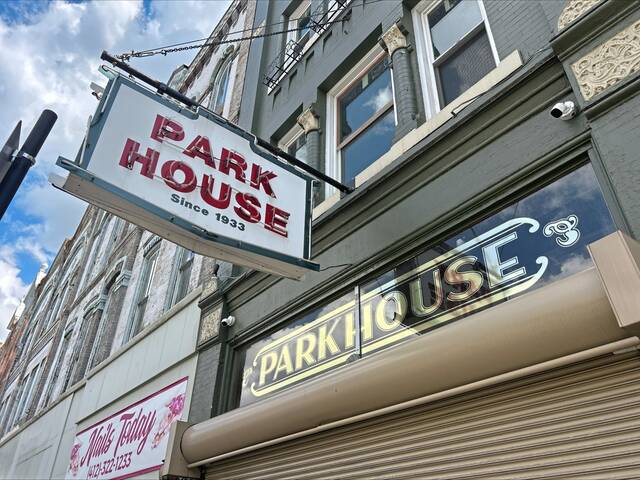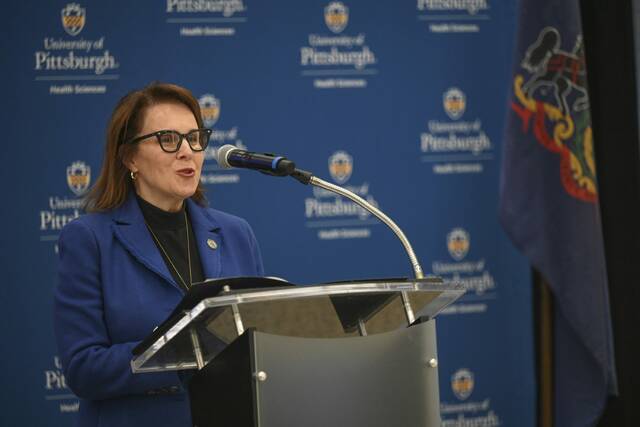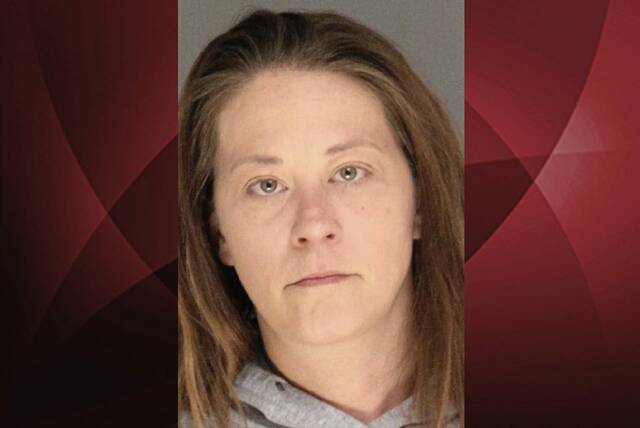With federal funding from American Rescue Plan set to be distributed to state and local governments, the leaders of Pittsburgh’s city government and school system outlined this week the processes by which the money may be allocated.
The city of Pittsburgh is set to receive about $355 million, while the Pittsburgh Public Schools will get $100 million. Allegheny County will receive $380 million and Westmoreland County $107 million. Smaller municipalities will receive direct funding as well.
As Pittsburgh leaders continue to debate how to allocate the funds, local activists on Wednesday asked city council members for a voice in the process.
In Tim Stevens’ estimation, the money represents the largest federal investment in local governments since the New Deal.
Stevens, who leads the Black Political Empowerment Project, said that makes it imperative that the city include residents’ input in the process of allocating the money and to “be as transparent as humanly possible.”
It also gives the city a chance to make bold decisions that could transform the city, he said.
“These decisions have the possibility of impacting Pittsburgh for years to come, particularly with regard to the possibility of boldly impacting the housing needs of the citizens of Pittsburgh, and addressing such needs as expanded child care, health care, human services, economic equity, and support for our African American and minority underserved and under supported businesses,” Stevens wrote in a letter to city council that he also read Wednesday during a council committee meeting.
“We’re at a pivotal moment,” he told council.
RELATED: How much is your town slated to get from the $1.9 trillion American Rescue Plan?
Pittsburgh officials have formed a Pittsburgh Recovery Task Force that consists of council President Theresa Kail-Smith, President Pro-Tem Ricky Burgess, Finance Committee Chair R. Daniel Lavelle and representatives from Mayor Bill Peduto’s administration. They will make recommendations to council about how the money that isn’t expressly used to address budget shortfalls caused by the pandemic will be spent.
The federal money, by law, cannot be used to lower taxes or to shore up pension funds, for example. It must be deployed to help recover from the economic losses of the coronavirus pandemic — but that includes water, sewer or broadband projects that will spur economic growth.
‘Let’s do this right’
The city will be getting about $175 million this year and another $175 million in 2022 from the American Rescue Plan. In the $1.9 trillion package, about $350 billion was designated for state and local governments nationwide.
For the city of Pittsburgh, about $24 million will go to balancing the 2021 budget, which was adopted with the hope that a federal stimulus was coming. Without the federal funding, the city said it would have had to cut 600 jobs in July.
RELATED: Peduto: Federal relief package will avoid city layoffs, replenish reserve fund
The city also spent about $120 million in reserve funds in 2020 to maintain city services during the pandemic, when the city lost much of its parking, amusement and other tax revenues because of the shutdowns wrought by covid.
Mayor Bill Peduto and city council members have said they intend to use part of the stimulus to replenish those reserve funds; the money will also be used to help address projected shortfalls in the 2022 budget.
But millions of dollars aren’t allocated. The disposition of that money is the subject of debate.
Council members are debating how much authority the task force will have and how much the public will be involved in deciding how to spend the money.
They also heard from residents including Randall Taylor, a former school board member and city council candidate who lives in Homewood. He asked city officials to “include as many voices and perspectives” as possible when deciding how the money should be spent.
“Let’s do it right,” Taylor said.
Kevin Pawlos, director of the Pittsburgh Office of Management and Budget, said spending decisions will be guided by equity. That was also the aim of the task force, Burgess said.
City council as a whole will make the decision about spending the money and they will do so after a public process that includes chances for others to provide input, council members and other city officials agreed.
“There should be a very broad, open, transparent process of how we decide to spend the funds,” Burgess said.
Council’s debate Wednesday was centered on the wording of the legislation that will create the trust fund that will hold the city’s allocation until it is spent.
The legislation will be fine-tuned before it is set to be approved Tuesday to specify the task force’s advisory role and council’s role in making the final spending decisions.
Pittsburgh Public Schools could ‘right this ship’
Pittsburgh Public Schools will also have what it called “an extensive community engagement process” over the course of the next month when it decides how to spend $100 million allocated to the district under the law, the district said in a release.
It has used about $11 million to buy computers and other equipment for remote learning and personal protective equipment and sanitary supplies because of covid. The district has about $50 million in previous covid stimulus money left, along with the new allocation of $100 million under the American Rescue Plan.
The money “provides a distinct opportunity” to “think big” to improve the district, Superintendent Anthony Hamlet said in a statement.
“We are provided an opportunity to ‘right this ship’ and ensure all students have access to high-quality education, regardless of their ZIP code, skin color or socioeconomic status,” Hamlet said.
The school district intends to finalize its plan of how to spend the money by August, when it will be submitted to the state Department of Education for approval, Hamlet said.








